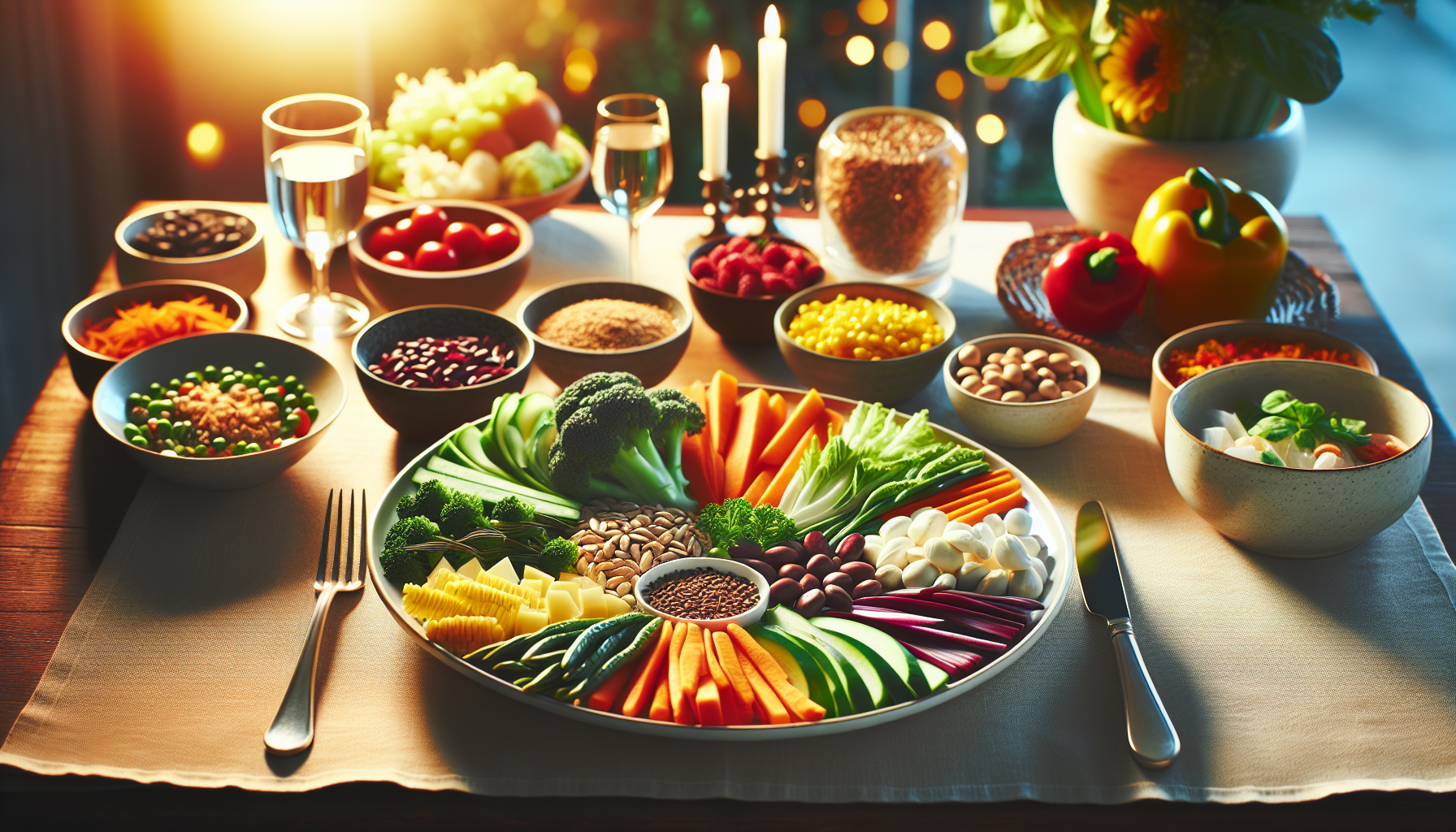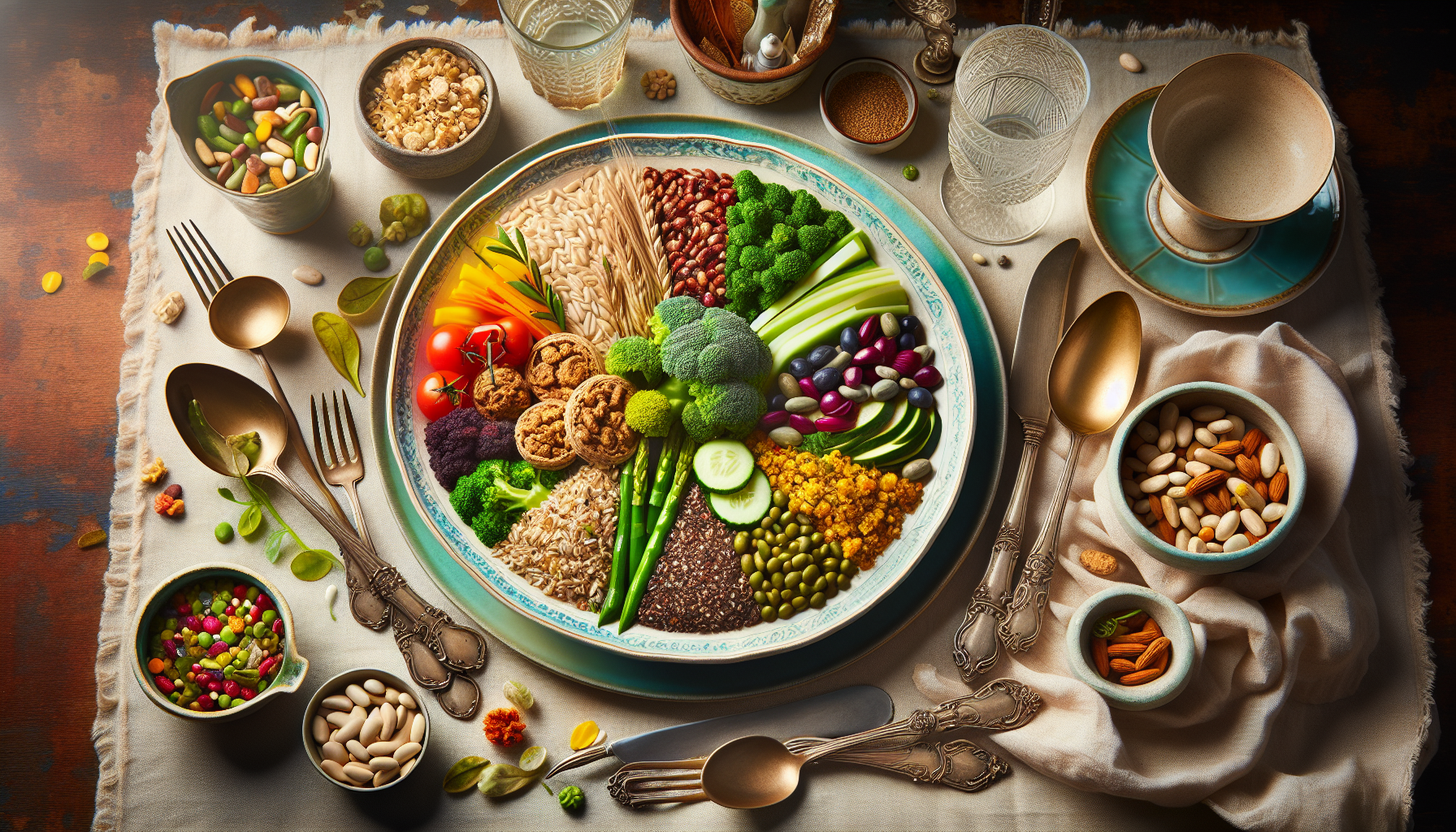Have you ever felt a bit anxious about sharing your dietary needs when you’re out with friends or at social events? It’s a common concern for many, and sometimes it can feel awkward. Let’s break down how you can effectively communicate your dietary needs in social settings without feeling uncomfortable or misunderstood.
Understanding Your Dietary Needs
Before you can communicate your dietary needs to others, it’s essential to understand them fully yourself. Whether you have food allergies, follow a vegetarian or vegan diet, or simply prefer healthier options, recognizing your dietary restrictions will help you express them more clearly to others.
Types of Dietary Needs
To make communication more precise, it’s helpful to categorize your dietary needs. Here are some common types:
| Type of Dietary Need | Description |
|---|---|
| Allergies | Specific foods you need to avoid due to adverse reactions (e.g., nuts, gluten). |
| Preferences | Lifestyle choices like vegetarianism or veganism. |
| Restrictions | Medical or health-related reasons that dictate what you can eat (e.g., low-sugar, low-carb). |
| Intolerances | Foods that cause discomfort but aren’t life-threatening, like lactose intolerance. |
Being clear about what fits into each of these categories for you makes it easier to communicate with others without feeling overwhelmed.
Why It’s Important to Communicate Dietary Needs
Having open conversations about your dietary needs encourages understanding and inclusion in social settings. You don’t want to be the party pooper, but not speaking up can lead to situations where you’re left munching on plain bread while everyone else enjoys gourmet dishes.
Building Awareness
By sharing your dietary needs, you’re also helping to educate your friends and family. They might gain new insights about nutrition or be inspired to consider their dietary choices. It’s a win-win situation that cultivates awareness and understanding of different lifestyles within your social circle.

Preparing for Social Events
Preparation can ease some of the anxiety around addressing your dietary needs. Here are a few steps you can take:
Research the Venue
If you have advance notice of a gathering, take some time to check out the venue beforehand. Do they have a menu you can look at? Are there options that align with your dietary needs? Familiarizing yourself with your choices can give you confidence when discussing what you can and cannot eat.
Communicate in Advance
Letting your host know about your dietary requirements before the event can ease the pressure. It shows consideration and allows your host to possibly accommodate your needs. Here are some phrases you can use:
- “I just wanted to give you a heads-up that I have a gluten allergy.”
- “I’ll be at the BBQ, but I follow a vegan diet. Are there any options you can suggest?”
Your host will appreciate the communication, and it can help set the stage for a more enjoyable experience for everyone.
Speaking Up During Meals
When you’re at the table and faced with food options, speaking up may feel daunting, especially if others aren’t aware of your dietary needs. However, it’s crucial to remember that your health must come first.
Open the Conversation
Start by casually opening the dialogue about food. You might begin with a light comment about one of the dishes in front of you. This can open it up smoothly:
- “Wow, this looks delicious! I wish I could try it, but I have a nut allergy.”
Be Direct, But Polite
If the food served doesn’t meet your needs, it’s okay to be specific while maintaining a friendly tone. Clearly articulate what you can’t eat and why. Here’s a simple guideline:
- Express Gratitude: Thank your host for the meal.
- State Your Need: “I’m really sorry, but I can’t eat this as I have an issue with gluten.”
- Suggest Alternatives: You might say, “It smells amazing, though! I’d love to try the salad if there’s no dressing with gluten.”
Directness, coupled with politeness, encourages a positive response and makes it less awkward for everyone involved.

Handling Potential Awkwardness
Sometimes, even with proper communication, awkwardness can creep into the conversation. It’s essential to navigate these moments gracefully.
Acknowledge and Redirect
If someone makes an uncomfortable comment about your dietary restriction, acknowledge it lightly but steer the conversation elsewhere. For instance:
- “I completely understand. It can be challenging to eat out. What are some of your go-to dishes?”
This approach brings everyone back to shared experiences, helping to ease any tension.
Finding Humor
When appropriate, a little humor can go a long way! Lightly poking fun at your dietary quirks can make you and those around you feel more comfortable:
- “If I had a dollar for every time someone accidentally added peanuts to my dish, I’d have enough for my own personal chef!”
Humor can diffuse a potentially awkward situation, making your dietary needs a part of joyful conversation rather than a barrier.
The Importance of Setting Boundaries
Sometimes, people might challenge or question your dietary choices. Setting boundaries can be an empowering way to handle these situations gracefully.
Know Your Values
Understanding and owning your dietary choices reinforces your confidence when discussing them. If someone questions your decision to avoid gluten or meat, it’s okay to respond with a firm but respectful statement:
- “I appreciate that you’re curious, but I’ve chosen to eat this way for my health and personal reasons.”
By standing firm, you’ll send a message that your choices deserve respect.
Practice Assertiveness
The more comfortable you become in discussing your dietary needs, the easier it will be to assertively communicate your requirements in social settings. Practicing phrases or scenarios with a friend can help you feel more prepared when the need arises.

Navigating Different Social Settings
Communication can vary significantly depending on the type of social setting you find yourself in. Here are some helpful strategies for various scenarios.
Restaurants
Dining out can be tricky if you have dietary restrictions. But with some preparation, you can make the experience enjoyable.
- Speak with the Staff: Don’t hesitate to ask the waiter about ingredients or substitutions. Most restaurants will accommodate your needs, especially if you communicate them kindly.
- Check the Menu in Advance: Review the online menu before arriving so you can have a quick option in mind.
Potlucks and Gatherings
When attending potlucks or casual gatherings, bringing along a dish you can enjoy can be a lifesaver.
- Bring Your Own Dish: Prepare something safe you can eat and share. It takes pressure off your host and allows you to partake fully in the meal.
- Be Social Before Eating: Engage with others first and make small talk about the food while waiting for the meal to commence.
Weddings and Special Events
These events usually have set menus, which may not account for dietary needs.
- RSVP with Dietary Preferences: When you receive the invitation, communicate your dietary needs directly. Many event planners will accommodate such requests.
- Focus on the Celebrations: Remember that the event isn’t solely about the food. Engage with loved ones and enjoy the occasion!
Encouraging Friends and Family to Support You
Sometimes, your closest friends and family might not fully understand your dietary choices. It’s essential to cultivate strong support among them.
Educate, Don’t Preach
It’s important to share why your dietary choices matter to you without coming off as condescending.
- Share Your Journey: Explain how your dietary choices have positively impacted your health or lifestyle.
- Invite Questions: Encourage interested friends to ask about your choices. This fosters an open space for dialogue.
Be Patient
Sometimes, family and friends might take time to adjust. Being patient with them as they learn about your needs can strengthen your relationships.
- Lead by Example: Show them how you make delicious meals that fit your dietary requirements. You might inspire them to try something new!

The Role of Technology
Today, technology can simplify the task of communicating dietary needs. Here’s how:
Use Apps
Several apps can help you keep track of what you can eat and even suggest restaurants or recipes. Some popular ones include:
- HappyCow: Great for finding vegan and vegetarian-friendly eateries.
- Find Me Gluten Free: A lifesaver for anyone with gluten sensitivities.
Social Media Support
Sharing your dietary journey on social platforms can open up conversations with friends and wider networks, creating a community of support.
In Conclusion
Communicating your dietary needs doesn’t have to be filled with anxiety or discomfort. By understanding your own needs, preparing adequately, and confidently speaking up, you’ll help create a more inclusive atmosphere in social settings. Remember that most people will appreciate your openness and will want to support you. So the next time you’re invited out, take a deep breath and remember: your needs matter too.
With the right strategies in place, you can easily navigate social situations and make them enjoyable, enriching experiences!


